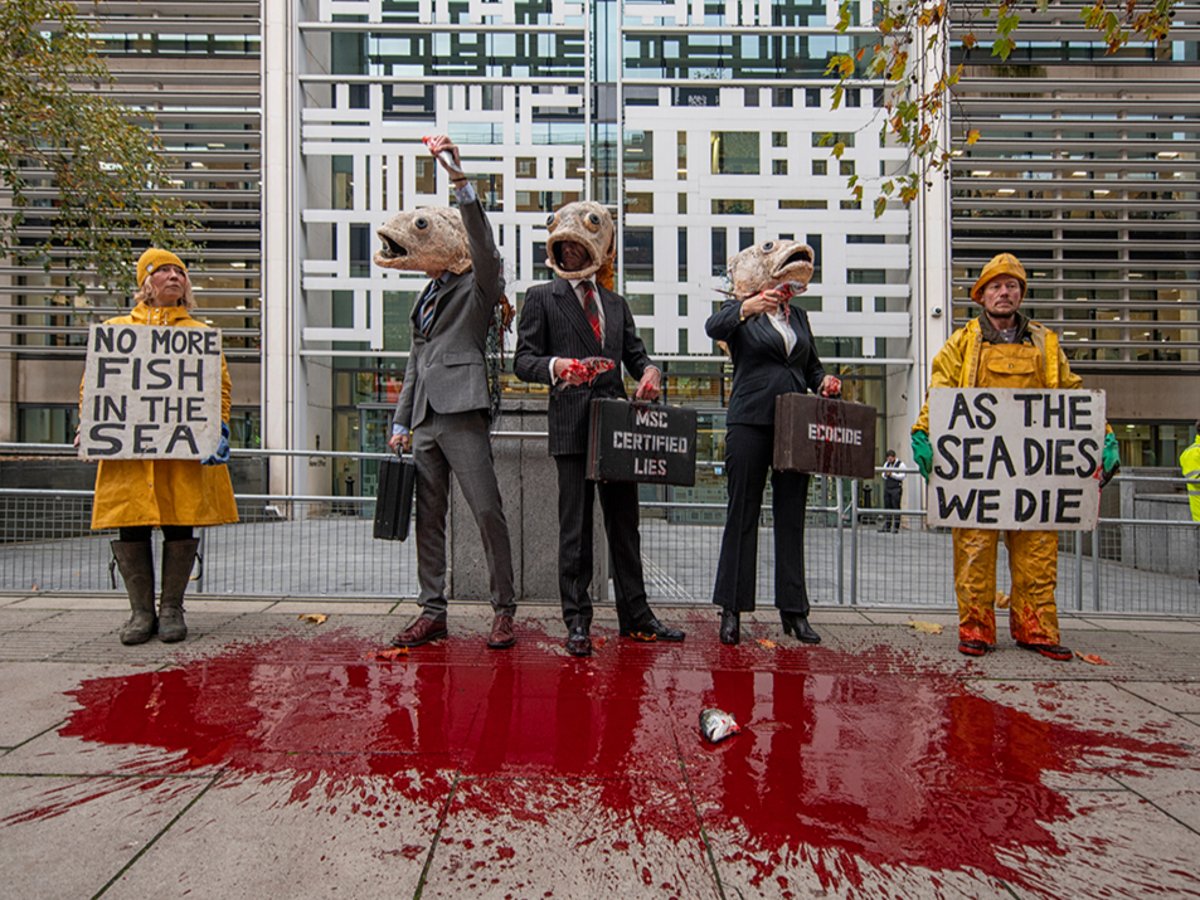The Shopping Building, an indoor shopping center in the heart of the city centre, serves as Milton Keynes’ main street. Opened in 1979 and now renamed Center: MK, it weathers the economic downturn better than most, and its natural lighting makes shopping a more enjoyable experience than other indoor centers. Light comes from high clerestory above the malls as the main roof is also the shops depot which is reached by vehicles via a bridge that carries one of Milton Keynes’ many boulevards directly across the center of the building. The high-tech design makes this unusual solution by architect Christopher Woodward look deceptively simple.
Woodward, who has died aged 83, was appalled by the dingy but expensive basement maintenance required in modern malls in Brent Cross and Runcorn and across the US. For the Shopping Building, one of the focal points of the new town of Milton Keynes, he wanted to create real streets, with a building line and outdoor parking lots. This was made possible by the depot on the roof.
The building’s clean lines were accentuated by a mirrored glass exterior cladding, which was novel when the design was completed in 1974. This was not inspired by Mies van der Rohe, as raving critics have suggested, but by a trip to Los Angeles, where Woodward admired César Pelli’s City Hall and Langdon & Wilson’s CNA Tower (now the Superior Court Tower). Glass was relatively cheap and resembled shop windows, but because it was mirrored, retailers could stack boxes against it if they wanted to.
Woodward was also known as co-author with Edward Jones of the Guide to the Architecture of London, the first comprehensive guide of its kind when it was first published in 1983 and was aimed at a general readership but written from an architect’s point of view. It went through five editions.
He was born in Southsea, Hampshire, the eldest child of Stanley Woodward, a naval officer, and his wife Joan (née Hawkesworth). Christopher attended grammar school in Portsmouth, where he was determined from an early age to be an architect, and in 1957, at the height of their influence on new building in Britain, secured a rare grant from the local authority to attend the Architectural Association in London to study. There he made lasting friends that included Jones, Jeremy Dixon and Tony Richardson. His PhD thesis on high density housing with Martin Haxworth and JCW Hodges, based on the London Borough Council’s vacant plan for a new town at Hook, near Basingstoke, led to them (with Derry Burton) being poached to work on Colin Buchanans Report to work traffic planning, urban traffic.
A government report with such impact that Penguin published it as a book in 1964 inspired the separation of pedestrians from traffic with zones and sidewalks in the following decade. Woodward’s team applied Buchanan’s theories in a detailed but unrealized plan for Fitzrovia in London.
In April 1963, Woodward joined Alison and Peter Smithson’s small practice. “It was like a newly qualified actor getting a call from … Peter Hall at the National Theatre,” Woodward told a Milton Keynes historian in the early 2000s. He designed the interior of the dormitory at St Hilda’s College, Oxford. He also worked on Robin Hood Gardens, the controversial brutalist apartment building in east London, which is now half demolished. He felt that Greater London City Council got what they wanted at the time and that the very large south-facing flats at the ends of the blocks in particular had adapted well to the private sector.
He thought Peter Smithson was a brilliant top-down designer, while Alison worked from the bottom up. The pair had turned down commissions to design a British embassy in Brasília and the Foreign Office’s abandonment of the project left them little work, so Woodward saw no future there. In 1971 the crisis hit: On a Saturday morning he was called to move furniture. By his own admission, Woodward discovered Sex, Drugs and Rock ‘n’ Roll and resented the intrusion over a weekend without so much as a “please.” When he objected, the Smithsons fired him. Woodward felt liberated by the release, he said.

He had spent his evenings working with Dixon and others on the Art in Revolution exhibition, held at the Hayward Gallery in April. For the balcony overlooking Waterloo Bridge, they made a life-size reconstruction of Vladmir Tatlin’s 1920 Monument to the Third International, for which no drawings survived. One night, while working under floodlights, they were visited by Derek Walker, Milton Keynes’ newly appointed chief architect, and his deputy, Stuart Mosscrop. Little did Woodward know at the time that he, Dixon and their friends were being poached. He joined one of the three groups working on designs for the new town of Central Milton Keynes (CMK) and sometimes slept in his car, a Fiat Giannini.
Moscrop expertly ran the shopping building through committees, while Woodward brought in Kenny Baker, a colleague in the Smithsons’ office, in revenge. He also designed two mirrored glass office buildings for CMK, Norfolk and Ashton houses and did initial sketches for others in Station Square. But with public sector cutbacks in 1979, Woodward felt his shopping building could not be improved and moved on.
In 1980 he turned to full-time teaching at the Bartlett School of Architecture (part of University College London), going part-time in 1995 and fully retiring in 2008. He never returned to Milton Keynes because he didn’t want to see how its buildings had changed over time. Instead he traveled widely, producing authoritative guides to architecture in Rome, Barcelona and elsewhere; his restaurant recommendations were always spot on. In the 1980s he became a trustee of the Friends of Christ Church Spitalfields and helped with the restoration for over two decades.
Woodward is survived by his partner Christoph Grafe; They met in 1991 and registered their civil partnership in 2006.
 PLC 4ever
PLC 4ever



